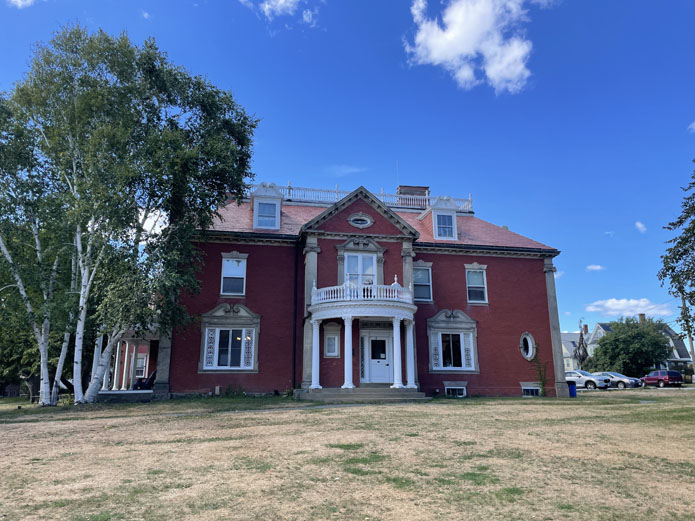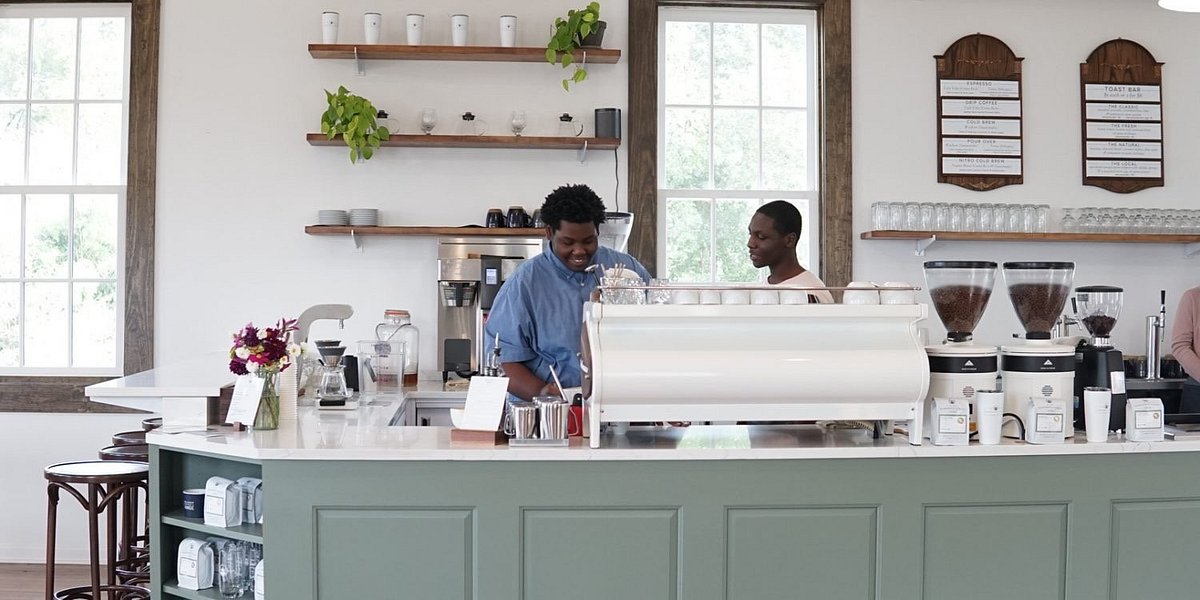Swampscott, a historic North Shore seaside community, has a rich history that spans 400 years. Known for its enduring fishing fleet, Swampscott is also home to significant historical figures and landmarks. One of the town’s early residents, Deborah Moody, was a Nonconformist who became the only woman to establish a village in colonial America. In the early 19th century, Swampscott became notable for innovations in the fishing industry, such as the invention of the lobster pot by Ebenezer Thorndike and the development of the Swampscott dory, a flat-bottomed boat used for lobster fishing. Over time, Swampscott evolved into a desirable resort area, giving rise to neighborhoods like the Olmsted Subdivision Historic District, designed by the famous landscape architect Frederick Law Olmsted.
The Olmsted Subdivision Historic District

The Olmsted Subdivision Historic District, named after its designer Frederick Law Olmsted, features a charming network of curving residential streets with Monument Avenue as its base. The area was purchased by the Swampscott Land Trust in 1887 from the estate of Enoch Reddington Mudge, which had connections to the original Humphrey estate dating back to the 1630s. The district showcases a variety of architectural styles popular at the turn of the 20th century, including Queen Anne, Arts and Crafts, Shingle Style, Colonial Revival, Dutch Colonial, Bungalow, and American Foursquare. A notable landmark within the district is the Soldiers’ and Sailors’ Monument, located at Mudge Square. From Monument Avenue, residents and visitors can enjoy expansive views of Nahant Bay, with the Town Hall lawn and Linscott Park offering prime spots for scenic vistas.
Elihu Thomson House (Swampscott Town Hall)

Swampscott’s Town Hall, once the home of inventor Elihu Thomson, is an impressive Colonial Revival mansion built in 1889. Thomson, a pioneer in electrical engineering, co-founded the Thomson-Houston Electric Company, which later merged with Thomas Edison’s company to form General Electric. After Thomson’s passing, his heirs donated the mansion to the town, and it has served as the town hall since 1944. The building’s spacious lawn is a hub of community activity, hosting events like Summer Concerts by the Sea and Swamptoberfest each September.
Fisherman’s Beach

Fisherman’s Beach, arguably one of Swampscott’s most picturesque spots, is a crescent-shaped beach backed by houses on a wooded slope. The bay is dotted with small boats, many of which are still used for commercial fishing. A wooden pier extends into the bay from the Fish House, offering a scenic view of the ocean. Fisherman’s Beach, which does not require a parking sticker, has a lifeguard on duty from late June to mid-August on weekends. Nearby, an English cannon dating back to 1798, captured during the War of 1812, serves as a historic fog signal.
Swampscott Fish House

The Swampscott Fish House, situated near Fisherman’s Beach, is the oldest municipally owned fish house in the United States. In the late 19th century, Swampscott’s shoreline was lined with numerous fishermen’s shanties. To streamline the waterfront, the town consolidated these into a single fish house, which remains in use today. The Fish House, designed in the Shingle style with Colonial Revival touches, has been home to the Swampscott Yacht Club since 1933. As of now, around 20 commercial fishermen still operate from this historic building.
John Humphreys House

The John Humphreys House, one of the oldest surviving houses in Swampscott, was relocated to 99 Paradise Road in the 1890s during the development of the Olmsted district. The house’s exact construction date is disputed, with some sources claiming it dates back to the 1630s, purchased by Deborah Moody from John Humphrey, a former deputy governor of the Massachusetts Bay Company. Others suggest a construction date around 1700. Regardless, the house is a well-preserved example of First-period architecture.
Humphrey Street

Named after John Humphrey, Humphrey Street is a scenic road that winds from Swampscott to Marblehead. This area is known for its charming downtown, which features a variety of locally-owned businesses. Visitors can choose from an array of dining options, including New England-style seafood, New American cuisine, breakfast fare, pizza, and frozen treats. The street also boasts a collection of boutiques and gift shops, all within walking distance of two beaches.
Swampscott Farmers’ Market

From mid-June through October, Swampscott Town Hall’s lawn transforms into a bustling farmers’ market. Unlike many markets, this one emphasizes locally grown and made foods, limiting the number of art and craft vendors to a maximum of four each week. Shoppers can find an excellent selection of seasonal produce, such as strawberries and pumpkins, alongside fresh roasted coffee, maple syrup, eggs, honey, homemade sauces, and baked goods. The market also features a variety of prepared foods and activities for all ages, including dance-offs and kite-making.
Beach Bluff Park

Located on the border of Swampscott and Marblehead, Beach Bluff Park is a serene waterfront area developed by the Clifton Improvement Association. The park features native grass plantings, a plank-paved walkway, and benches with panoramic ocean views. A notable feature of the park is the Sun Circle, a public art installation that aligns with the sun during the equinox and solstice events. Below the park, Prescot Beach offers a small stretch of sand, though access requires a resident parking sticker.
Harold A. King Town Forest

In the northwest corner of Swampscott lies the Harold A. King Town Forest, one of the town’s few large wooded areas. This nearly 50-acre forest is situated on a terminal moraine, with boulders deposited during the last Ice Age. The land was preserved in the 1970s to protect its natural and historical significance and provide a space for passive recreation. A main loop trail, about a mile long, winds through the forest, making it a popular spot for nature enthusiasts.
Swampscott Lilac Garden

Each May, the Swampscott Lilac Garden bursts into bloom, attracting visitors to the north end of Monument Avenue. The garden, which features around 130 lilac bushes and two trees, is nestled among the historic architecture of the Olmsted Subdivision Historic District. Visitors can take a moment to relax at the garden’s kiosk and bench, surrounded by lilacs in shades of purple and pink. The garden includes both fragrant and scentless varieties, offering a sensory experience for all.
Swampscott’s blend of historical significance, architectural charm, and natural beauty makes it a unique and inviting destination. Whether exploring the historic districts, enjoying a day at the beach, or visiting the vibrant farmers’ market, there is something for everyone in this coastal New England town.
FAQs:
What is Swampscott known for?
Swampscott is known for its historic fishing fleet, beautiful beaches, and being a desirable resort area. It’s also famous for its architectural heritage and being home to the oldest municipally owned fish house in the United States.
Who was Deborah Moody?
Deborah Moody was a Nonconformist and one of Swampscott’s early residents. She is notable for being the only woman to found a village in colonial America.
What is the Olmsted Subdivision Historic District?
The Olmsted Subdivision Historic District is a residential area in Swampscott designed by landscape architect Frederick Law Olmsted. It features a variety of architectural styles popular at the turn of the 20th century.

